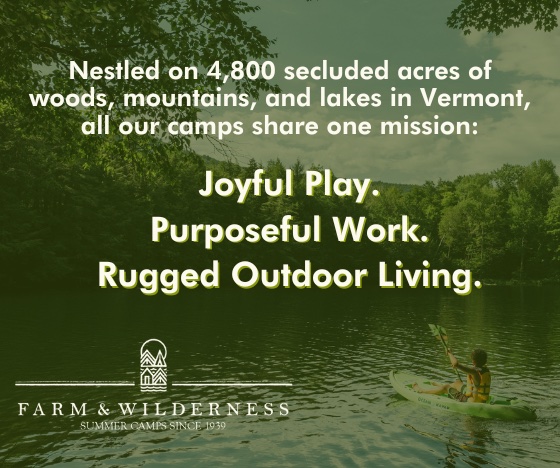Dear Editor,
Human-wildlife conflict poses a major challenge for the conservation of carnivore species globally. Today black bears inhabit only about 60% of their historic range in North America, mostly due to human persecution. Large home territories and a varied diet can easily lead them into conflict with humans. Wildlife agencies consider bear hunting to be a means of deterring these incidents but there is little evidence to support this.
In fact, there is evidence that hunting bears is counterproductive as a means of reducing human-bear conflicts. A recent extensive study, using data from 2004 through 2019, concluded that the most effective way to manage bear and human interactions is through coexistence and proper management of attractants. (See the study in the Journal of Wildlife Management at doi.org/10.1002/jwmg.22363).
The comprehensive study, conducted in Ontario, Canada, investigated the relationship between the hunting of black bears and the number of negative human-bear encounters. Data was collected on human-bear interactions before and after a new spring bear hunting season was introduced in selected wildlife management units in addition to the existing fall hunt. Reported negative incidents were studied before (2012 and 2013) and after (2014 and 2015) the spring season was added both in the selected hunting areas and in control areas with no spring hunt. In 2016 a spring season was implemented in the entire province. Data from 2004-2019 was analyzed to establish long-term patterns of confrontations before, during, and after this spring season was universally implemented.
Results showed that more bears were killed when the spring season was implemented, but there was no reduction in the number of human-bear interactions; in fact, there were more conflicts in areas with the new spring hunt than in control areas without hunting. The study’s authors conclude that: “Regulated, presumably sustainable harvest was ineffective at reducing human-bear interactions and incidents in the near-term and might have increased both.”
Factors influencing the numbers of bears killed by hunters and the causes of human-bear conflicts were also studied. The results echo those of several other studies conducted in the U.S. and Canada demonstrating the negative impact of hunting large carnivores on controlling negative interactions with humans or livestock. According to the authors, “Programs promoting coexistence between people and wildlife, including education, capacity building, and management of unnatural food sources are likely to be the most successful at reducing conflicts between people and bears.”
Several independent studies show that bears generally avoid people when natural food is available to them. In Ontario and many U.S. states bears are hunted primarily with bait. In Vermont, baiting bears is prohibited but other unnatural attractants, such as unprotected corn fields or beehives, bird feeders, and accessible animal feed may attract bears just as effectively.
Because bears are opportunistic feeders these practices reinforce and condition them to seek unnatural food sources. This is especially pronounced in the spring when bears emerge hungry from hibernation, and continues into the summer months as they forage for the calories necessary to fatten up for the winter. The data affirms that “there were indeed greater rates of conflict between bears and people … after the initiation of the spring season.”
Hunting bears is ineffective as a conflict deterrent and may make the problem worse. The authors conclude: “A suite of measures promoting coexistence including attractant management, education, enforcement of regulations on securing attractants, and local capacity building for management of conflicts will help to ensure viable populations of carnivores while limiting the potential negative effects on human safety and livelihoods.”
In Vermont, 20% of the bear population has been hunted and killed in the last couple of years. Many hunters use the excuse of reducing bear conflicts as justification for the hunt. But research clearly proves that to be wrong. Close to half of the bears killed in Vermont each year are females, many of them probably have cubs or yearlings. When these orphans lose the protection and guidance of their mothers, they may become the very “nuisance” bears we hear complaints about.
There is much to consider when it comes to killing and managing these animals, including social dynamics, habitat loss and fragmentation, the impact of climate change, and the role of human behavior. I urge Vermont Fish & Wildlife to consider this science seriously when recommending policy.
Jennifer Lovett,
Starksboro



